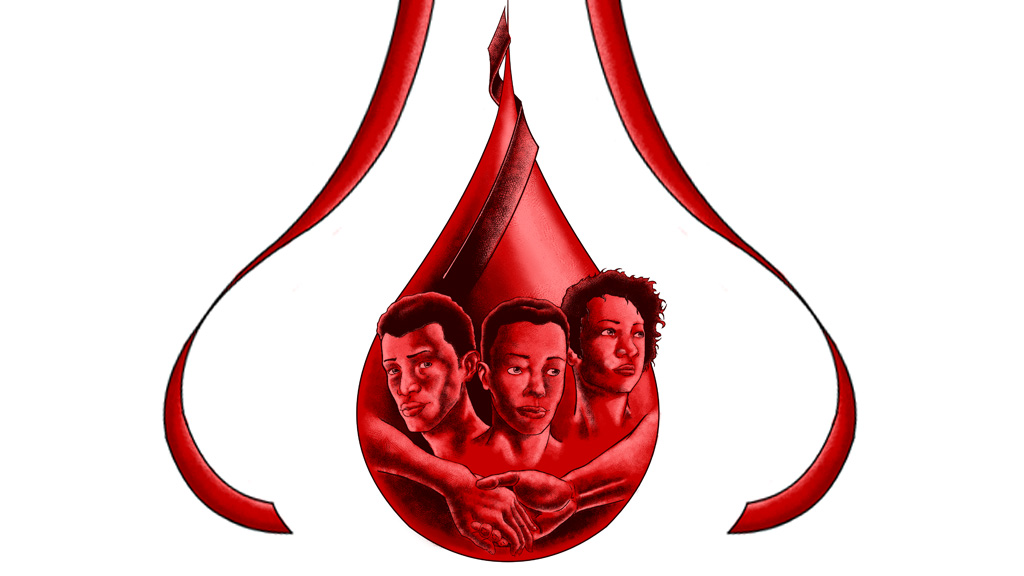HIV and AIDS Awareness: A Shifting Epidemic
by Tyler English | published Mar. 2nd, 2019
The HIV and AIDS epidemic in the U.S. has shifted since the first major outbreak in the 1980s. The epicenters of the outbreak — Los Angeles, New York City and San Francisco — are known to be safe spaces for the gay community. Yet, HIV spreads quickly through these communities and hundreds of people, primarily young gay men, were being diagnosed with little to no treatment plans.
Thirty years after the crisis for the gay community, HIV and AIDS has a new target of other vulnerable demographics. The poor, women of color and the elderly communities have started to see an increase in HIV cases due to the lack of access to resources and awareness of the disease.
Lack of Access
One would think that given the strides in medicine since the 1980s, everyone would be able to seek treatment and the number of new people testing positive for HIV would level off or decrease. However, poor communities, women of color and the elderly lack access to proper resources, increasing the number of cases.
In 2016, 61 percent of women who tested positive for HIV were African American, according to the Center for Disease Control.
Betty Vickery, a nurse practitioner in the Student Health Center, added her insights.
“One thing could be an insurance issue ... some people don’t haveproper coverage,” Vickery said.
The world of insurance is complex and tricky; many don't have the proper amount of coverage they need. The People-to-People Health Foundation found that in 2010, only 17 percent of Americans living with HIV had insurance that covered their treatment.
Even if a patient has insurance to cover the testing, treatment centers are sometimes lacking in rural, poor and urban communities and areas with small medical centers. Many people find themselves simply with no place to get the testing done.
Luckily, facilities like Trillium Health offer a variety of service and education tools surrounding HIV and AIDS. Trillium has also been in the works of providing more coverage for patients who do not have insurance.
Trusting the Medical System
Opening up about one’s sexual health is an uncomfortable experience. Vulnerability and honesty with regards to one’s sexual health is a taboo topic for most people to talk about.
Vulnerability and honesty with regards to one’s sexual health is a taboo topic for most people to talk about.
The elderly, for example, are less likely to be tested than younger people as they may confuse HIV symptoms with the aches and pains of aging.
“People don’t feel comfortable searching out healthcare ... they may not have grown up going to the doctors very much,” Vickery said.
For those living in poor communities, going to the doctors could have put the individual or family in a financial strain resulting in infrequent visits to a physician. Not having the experience as a patient, it may be hard for individuals to feel that they can trust a doctor or physician after meeting with them just once.
Gaps in Inclusion and Education
Contributing to the ever-present HIV and AIDS issue is the inadequate amount of education on sexual and reproductive health for those without access to medical facilities.
In schools, students are lectured on the dangers of unsafe sex and talk about the various diseases that can be spread through unprotected sex. This education tends to fade after high school and individuals can quickly fall behind or get lost in the world of sexually transmitted diseases.
“Some people are not taking precautions,” Vickery said.
The number of HIV cases in the elderly have increased because many elderly couples do not use condoms after the divorce or death of a spouse. They disregard the use of condoms since women can no longer get pregnant, however HIV can still spread.
Precautions are not just limited to unprotected sex. The sharing of needles and the transmission from mother to child should be held to a similar standard. Poor communities can lack the funding to host educational events around HIV and AIDS for the general community to partake in.
Most times when towns talk about reforming public health and bettering the well being of their community, they have a specific population in mind. Unsurprisingly enough, that population is typically the middle class who has access to resources already. Groups such as women of color and the elderly are left as afterthoughts in discussions that should be centered around solving problems plaguing those communities. 



